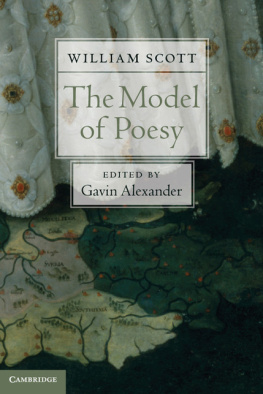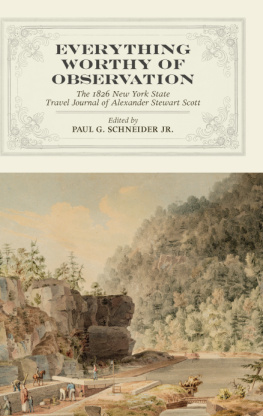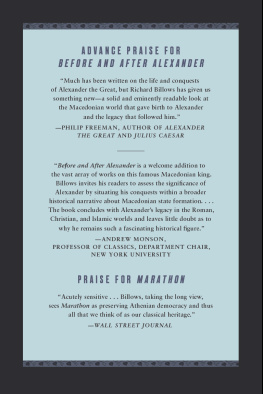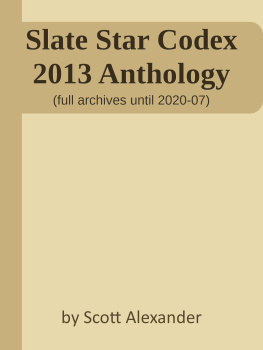William Scott and Gavin Alexander - The Model of Poesy
Here you can read online William Scott and Gavin Alexander - The Model of Poesy full text of the book (entire story) in english for free. Download pdf and epub, get meaning, cover and reviews about this ebook. year: 2014, publisher: Cambridge University Press, genre: Art. Description of the work, (preface) as well as reviews are available. Best literature library LitArk.com created for fans of good reading and offers a wide selection of genres:
Romance novel
Science fiction
Adventure
Detective
Science
History
Home and family
Prose
Art
Politics
Computer
Non-fiction
Religion
Business
Children
Humor
Choose a favorite category and find really read worthwhile books. Enjoy immersion in the world of imagination, feel the emotions of the characters or learn something new for yourself, make an fascinating discovery.
- Book:The Model of Poesy
- Author:
- Publisher:Cambridge University Press
- Genre:
- Year:2014
- Rating:5 / 5
- Favourites:Add to favourites
- Your mark:
- 100
- 1
- 2
- 3
- 4
- 5
The Model of Poesy: summary, description and annotation
We offer to read an annotation, description, summary or preface (depends on what the author of the book "The Model of Poesy" wrote himself). If you haven't found the necessary information about the book — write in the comments, we will try to find it.
The Model of Poesy — read online for free the complete book (whole text) full work
Below is the text of the book, divided by pages. System saving the place of the last page read, allows you to conveniently read the book "The Model of Poesy" online for free, without having to search again every time where you left off. Put a bookmark, and you can go to the page where you finished reading at any time.
Font size:
Interval:
Bookmark:

The Model of Poesy is one of the most exciting literary discoveries of recent years. A manuscript treatise on poetics written by William Scott in 1599, at the end of the most revolutionary decade in English literary history, it includes rich discussions of the works of Sidney, Spenser, Shakespeare, and their contemporaries. Scott's work presents a powerful and coherent theoretical account of all aspect of poetics, from the nature of representation to the rules of versification, with a commitment to relating theory to contemporary practice. For Scott, any theory of literature must make sense not of the classics but of what English writers are doing now: Scott is at the same time the most scholarly and the most relevant of English Renaissance critics. In this groundbreaking edition, Gavin Alexander presents a text of The Model of Poesy framed by a detailed introduction and an extensive commentary, which together demonstrate the range and value of Scott's thought.
gavin alexander is a University Senior Lecturer in the Faculty of English at the University of Cambridge, and a Fellow of Christ's College. His publications include Writing After Sidney: The Literary Response to Sir Philip Sidney, 15861640 (2006), Sidney's The Defence of Poesy and Selected Renaissance Literary Criticism (2004), a co-edited volume Renaissance Figures of Speech (2007), and numerous articles and book chapters on literary and musicological topics. He teaches at undergraduate and postgraduate level across a wide range of topics, from ancient to modern literature, with a particular emphasis on Renaissance literature, the history and theory of literary criticism, and textual studies. His online early modern palaeography course English Handwriting is widely used around the world. In 2008 he was awarded a Pilkington Teaching Prize for excellence in teaching at the University of Cambridge.
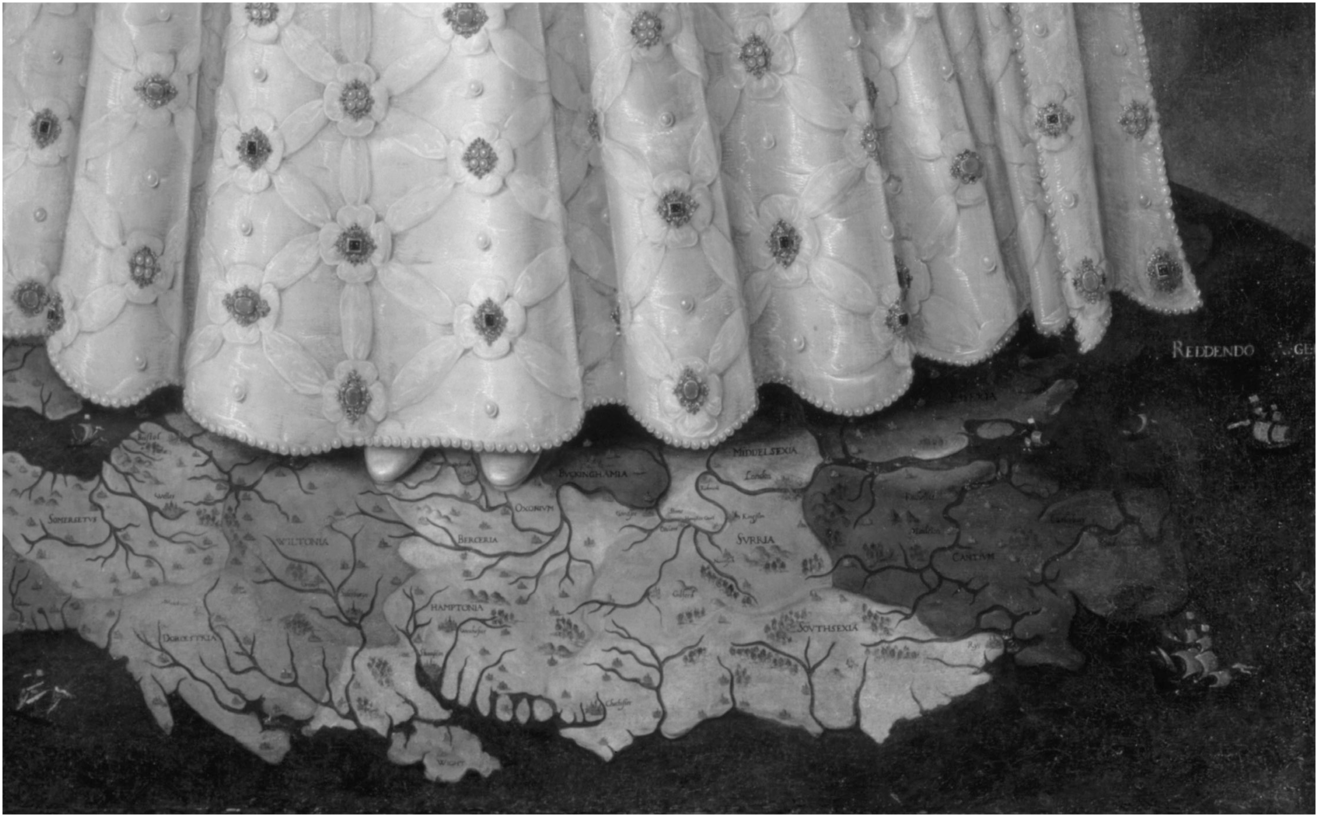
Marcus Gheeraerts the Younger, Queen Elizabeth I ( The Ditchley portrait ), oil on canvas, c. 1592 (detail). National Portrait Gallery, London.


In Memory of F. W. Walbank (19092008)
The Model of Poesy ( c .1599) by William Scott is one of the more significant literary manuscripts to come to light in recent years. Its existence and authorship were known to E. K. Chambers in the 1930s but the manuscript was not heard of again until Stanley Wells announced its rediscovery in 2003. It is now British Library Additional Manuscript 81083 and is edited here for the first time. I have included a substantial Introduction and Commentary, since the Model is a scholarly work with a rich context, and because I have been able to discover a great deal about its author that was not previously known. The Introduction and the Commentary work in tandem, the latter supplying the details and the former offering more continuous narrative and broader brushstrokes. I recommend any reader to begin with the text itself, however: the Model must earn attention because of its (I believe) very considerable interest and importance as a work of Elizabethan literary criticism.
For things once finished well, soon enough finished are, says Du Bartas in William Scott's English translation, a wisdom perhaps lost in this era of research measurement. I am indebted to the AHRC for a research leave award and to the Isaac Newton Trust for two short-term research assistance grants; these have enabled me to complete this edition both sooner and better than would otherwise have been possible. It is a pleasure to acknowledge the assistance of the skilled and knowledgeable curators and staff of the British Library, the Cambridge University Library, the Folger Shakespeare Library, the Canterbury Cathedral Archives, and the departmental and college libraries of Cambridge, especially the English Faculty Library. I am grateful for the support, interest, and stimulation of my wonderful colleagues and students at Cambridge, and especially to Hester Lees-Jeffries, Sarah Howe, and above all Michael Hetherington, who acted as my occasional research assistant and from whose forthcoming work on Scott and logic I have very much benefited. I owe a great debt to Sarah Stanton at Cambridge University Press for fostering this project, and to her team for their superb work. Many colleagues and friends have helped by asking or answering questions and making suggestions, or by reading portions of my work. I should particularly like to thank Sylvia Adamson, Peter Auger, Joseph Black, Abigail Brundin, Colin Burrow, Alec Cobbe, David Colclough, Andrew Hadfield (who earns especial thanks for drawing my attention to a miscellany at the Folger that proved rather useful), Paul Hammer, Robert Harding, Nick Hardy, Roger Kuin, Micha Lazarus, Rhodri Lewis, Celia Pilkington (Archivist at the Inner Temple), Nigel Ramsay, Lisa Sampson, Sue Simpson, Tiffany Stern, Dorothy Thompson, Andrew Thrush, Philippa Walton, Stanley Wells, Alison Wiggins, and Andrew Zurcher. I also gained much from responses to talks about Scott that I gave at the Universities of Cambridge, Oxford, Sheffield, and Sussex; at the University of Massachusetts (Amherst); at the Folger Shakespeare Library; and at the Renaissance Society of America annual meeting.
I began working on this project shortly after the death, at the age of ninety-eight, of my grandfather Frank Walbank. From him I got the love of puzzling out what words and texts mean that has made this project so absorbing and enjoyable. He taught me the small Latin and less Greek without which many of Scott's sources would have been closed books. And he showed me what scholarship, and the scholar, should be. This edition is dedicated to his memory with love and gratitude.
Font size:
Interval:
Bookmark:
Similar books «The Model of Poesy»
Look at similar books to The Model of Poesy. We have selected literature similar in name and meaning in the hope of providing readers with more options to find new, interesting, not yet read works.
Discussion, reviews of the book The Model of Poesy and just readers' own opinions. Leave your comments, write what you think about the work, its meaning or the main characters. Specify what exactly you liked and what you didn't like, and why you think so.

